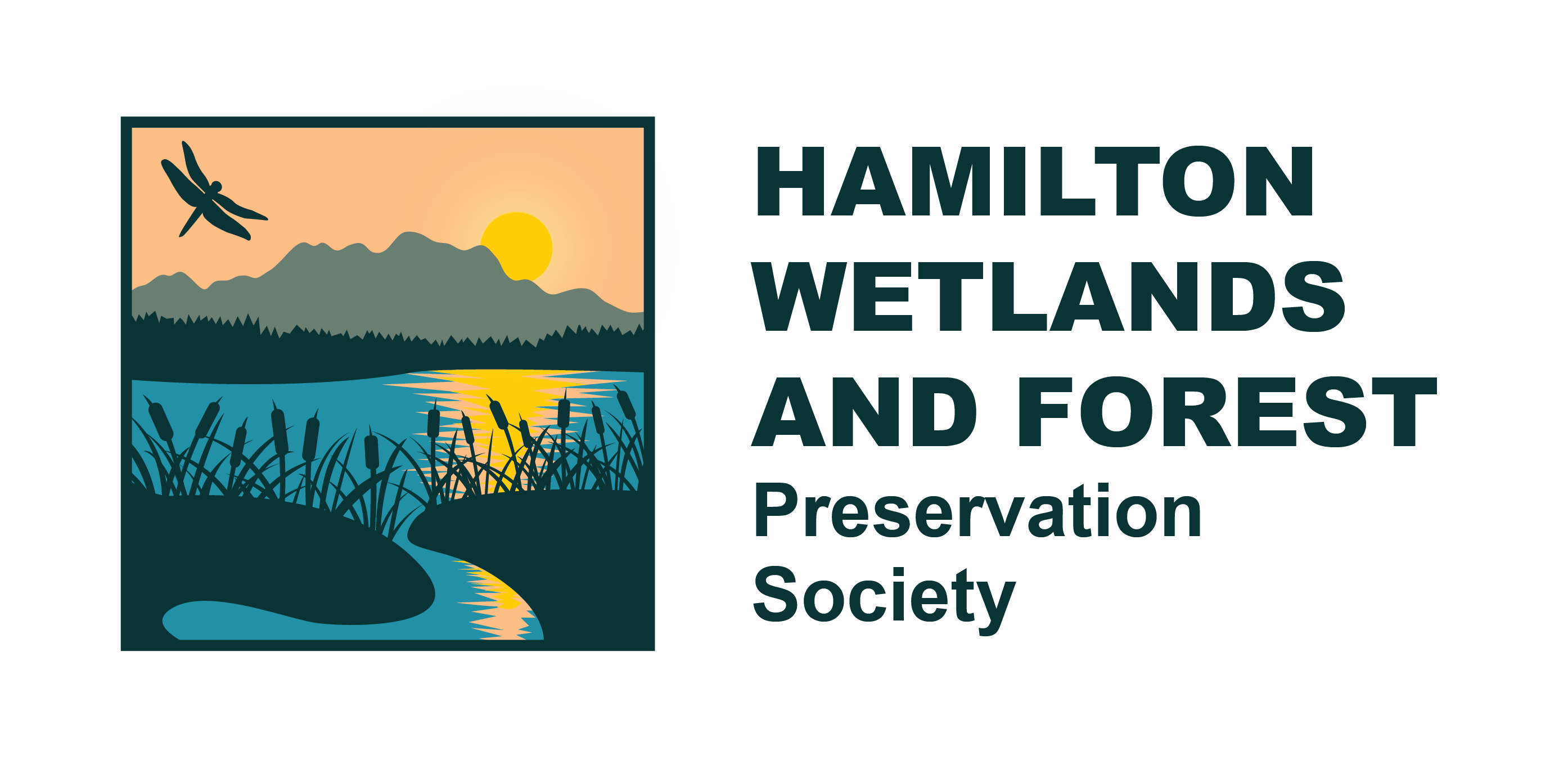“Small, seasonal wetlands are important habitats for amphibians, which live in “metapopulations” – i.e., interconnected subpopulations that together sustain the overall population via dispersal between habitat patches, especially in years with unpredictable weather conditions. In mild, wet years, small, seasonal wetlands (which are relatively abundant across the landscape), retain water longer, providing habitat for breeding and boosting amphibian populations. In years of drought, amphibians depend upon the more permanently wet, but less abundant, wetlands to maintain minimum reproductive output. Larger, permanent waters usually contain predators (e.g., fish, non-native Bullfrogs) as well, that do not occur in small, seasonal wetlands. Across years, this plus and minus of reproductive output balances out to maintain healthy amphibian populations. When small, seasonal wetlands are removed, a net loss of reproductive output can occur for amphibians over time. Small wetlands also act as stepping stones across the landscape during seasonal migrations for species that require moisture, and they offer foraging opportunities. In the face of climate change, we cannot afford to be removing any sources of water within the landscape, regardless of size or hydroperiod.”
– Elke Wind, Elke is a herpetologist based in Nanaimo who has spent over 2 decades working on amphibian populations and the various factors that influence their habitats and survival. She has contributed to many management documents and field guides throughout the Pacific Northwest.
